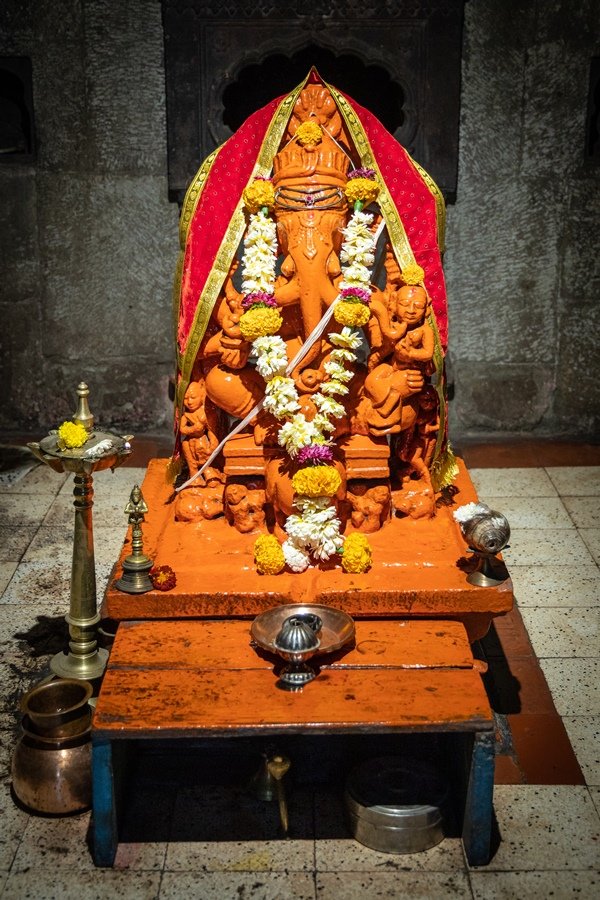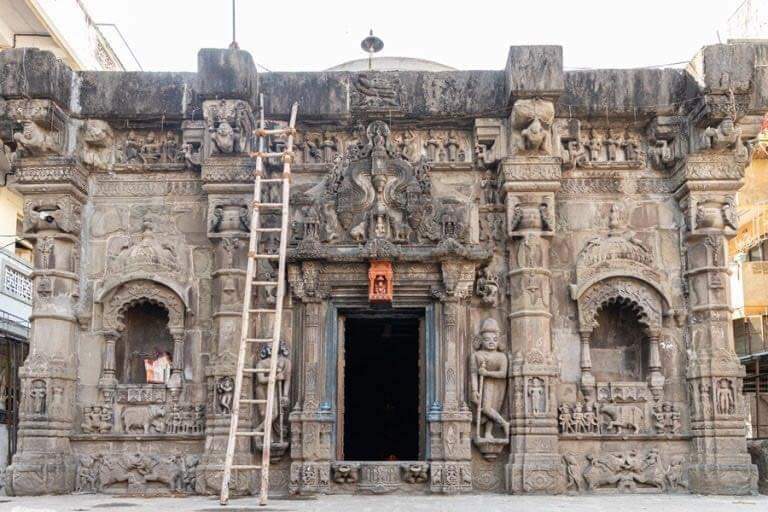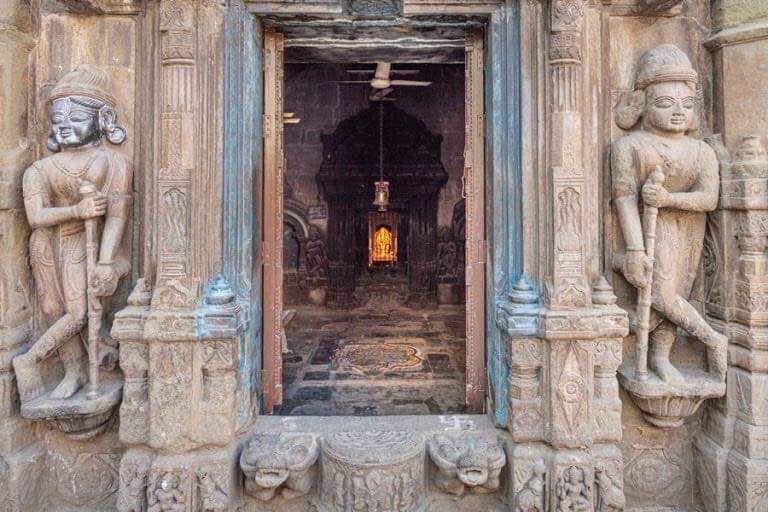
🌺Musical stone pillars of vittala temple - Hampi's mystical masterpiece🌺
The multi columned monolithic stone when struck in a certain manner creates sounds similar to specific Indian musical instruments like the Mridangam(percussion), ghanta (bell), and even Veena(string).
The multi columned monolithic stone when struck in a certain manner creates sounds similar to specific Indian musical instruments like the Mridangam(percussion), ghanta (bell), and even Veena(string).

Each pillar is 3.6mts high & made of solid granite. Each of the 8 main pillar has seven minor pillars that emit sound constituting a total of 56 musical pillars
How do these pillars of the same material create different sounds.
How do these pillars of the same material create different sounds.

The British tried to figure out this mystery by cutting one of the larger pillars and one of the smaller pillars to get to the bottom of this mystery. But there was no revelation - because all the pillars were the same - Solid rock 

In-situ, non destructive metallography showed the granite to have typical micro structures. Both low frequency ultrasonography & impact echo revealed all the columns to be solid shafts. The pillars sound arise from the 'flexural mode of vibrations' 

This essentially means that the way in which the stone is carved & positioned, when coupled with a certain kind of striking caused vibrations that are transverse in nature. The column undergoes a form of bending and to maintain the equilibrium the energy is displaced into sound.
• • •
Missing some Tweet in this thread? You can try to
force a refresh

























